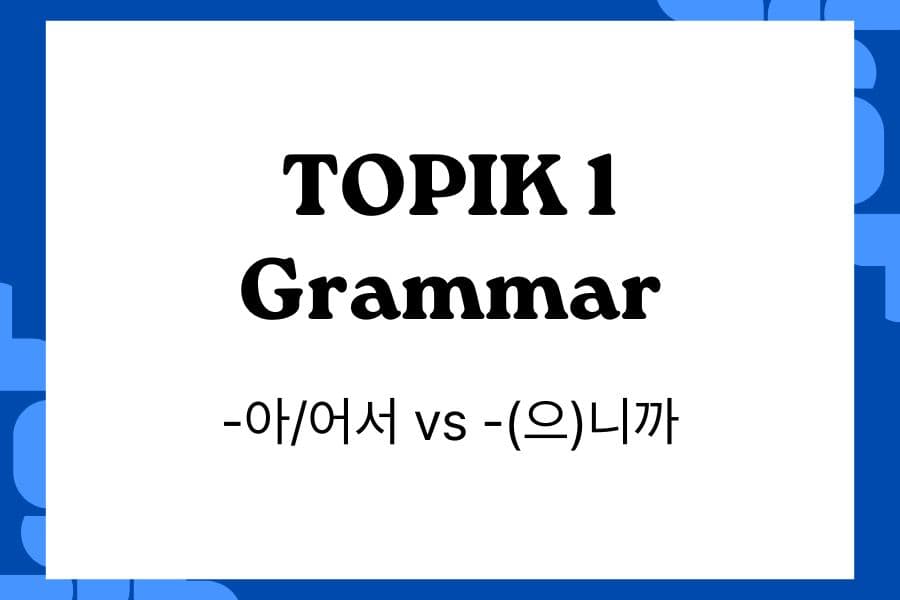
Both -아/어서 vs -(으)니까 mean “because,” so they often confuse TOPIK beginners. However, they have important differences in usage, tone, and grammatical restrictions. Understanding when to use each one will help you avoid mistakes in the reading and writing sections.
Grammar Focus – -아/어서 vs -(으)니까
-아/어서
The ending -아/어서 expresses a reason, cause, or sequence of actions.
It can often be translated as “so / because / and then.”
- Function: Explains why something happens or connects two natural actions in order.
- Form: Attach -아서 after stems ending in ㅏ/ㅗ, and -어서 after others.
- Restrictions: ❌ Cannot be used with commands or suggestions.
예문:
- 날씨가 좋아서 공원에 갔어요.
- 배가 고파서 밥을 먹었어요.
- 친구를 만나서 영화를 봤어요.
👉 Key Point: -아/어서 is for natural causes or sequential actions, not used with -세요 / -읍시다 type sentences.
-(으)니까
The ending -(으)니까 also means “because,” but it focuses more on the speaker’s judgment or justification.
It can appear before commands, suggestions, and advice.
- Function: Shows a reason that the speaker directly controls or emphasizes.
- Form: Attach -니까 after vowel or ㄹ-final stems, -으니까 after consonant stems.
예문:
- 피곤하니까 일찍 잡시다.
- 날씨가 추우니까 옷을 따뜻하게 입으세요.
- 비가 오니까 우산을 가져가세요.
👉 Key Point: -(으)니까 can be used with imperatives and proposals, unlike -아/어서.
How They Appear in TOPIK 1
In TOPIK, both endings are tested in grammar or sentence-completion sections. Pay attention to whether the second clause contains a command, suggestion, or just a statement.
Example Question 1
비가 오( ) 우산을 가지고 가세요.
① 아서
② 으니까
③ 게 되다
④ 을 때
✅ Correct answer: ② 으니까 (Command → use -(으)니까)
Example Question 2
배가 고프( ) 밥을 먹었어요.
① 아서
② 으니까
③ 게 되다
④ 을 수 있다
✅ Correct answer: ① 아서 (Natural cause → use -아/어서)
Example Question 3
친구를 만나( ) 영화를 봤어요.
① 아서
② 으니까
③ 게 되다
④ 을 때
✅ Correct answer: ① 아서 (Sequential action)
Study Tip for TOPIK Learners
- If the second sentence is a command, suggestion, or advice → use -(으)니까.
- If the two actions happen naturally in order or express a factual cause → use -아/어서.
- Practice changing the same sentence to feel the nuance:
- 날씨가 추워서 집에 있었어요. (It was cold, so I stayed home.)
- 날씨가 추우니까 집에 있으세요. (It’s cold, so please stay home.)
While both mean “because,” -아/어서 and -(으)니까 differ in tone and grammatical usage.
TOPIK questions often test this nuance, so focus on what comes after the connector.

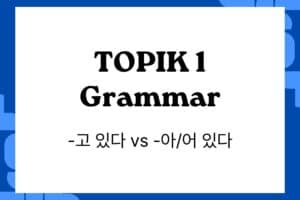
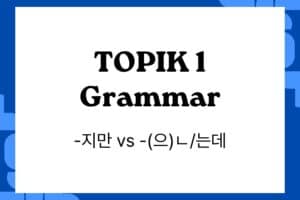
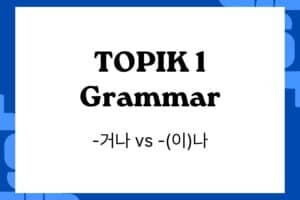
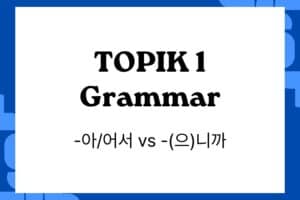
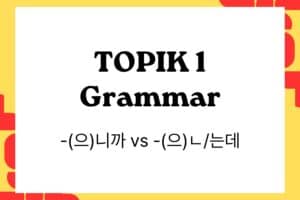
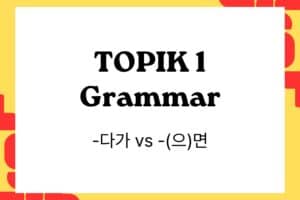

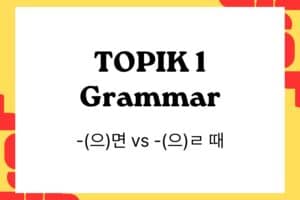

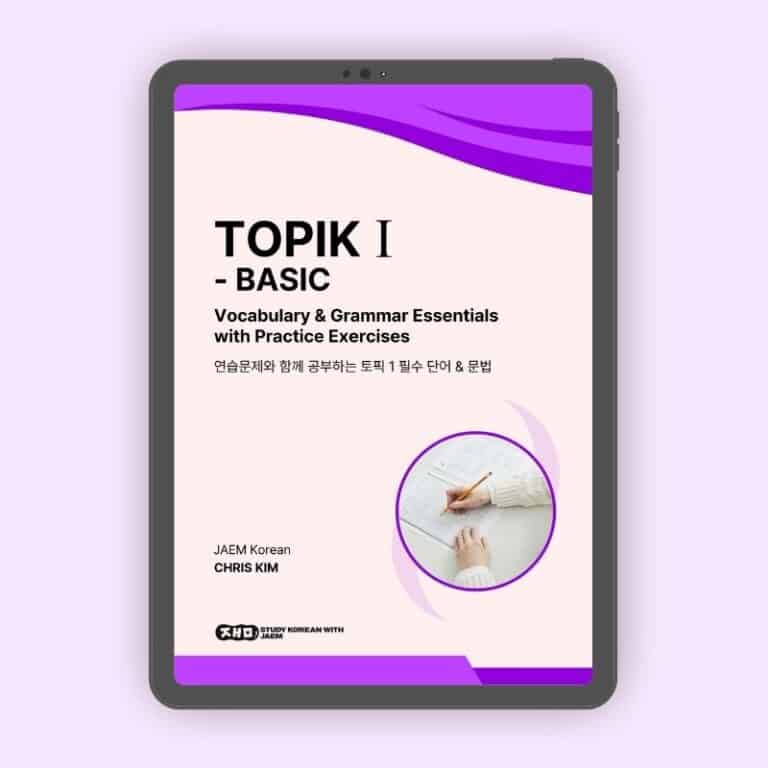

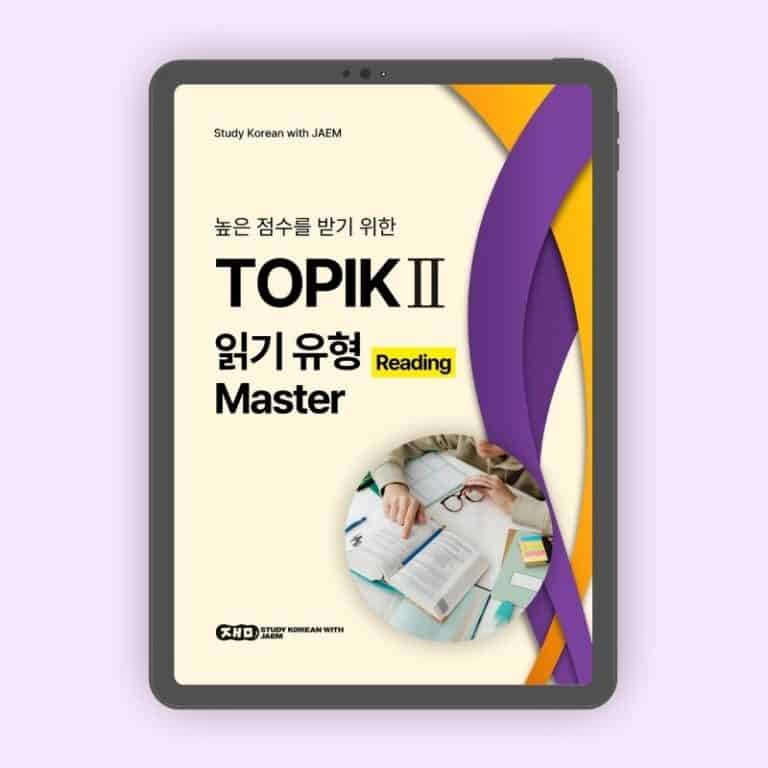

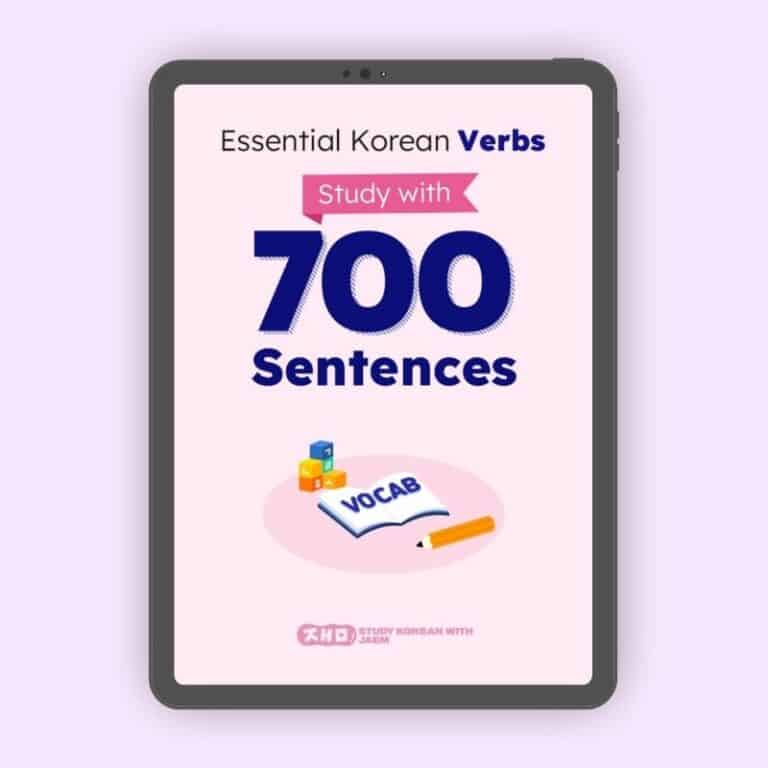
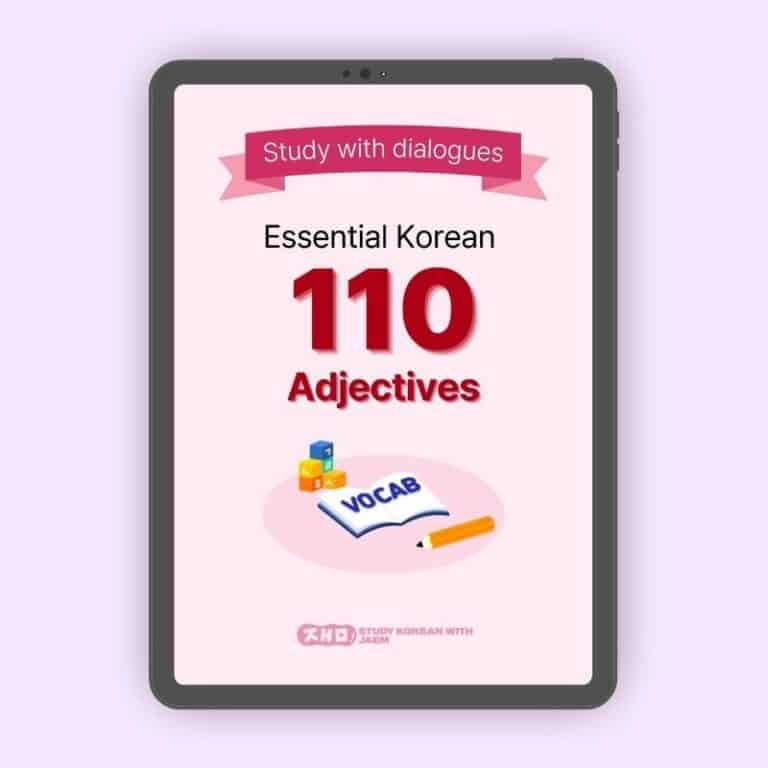



Responses